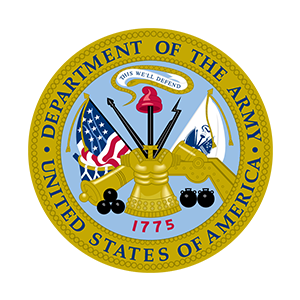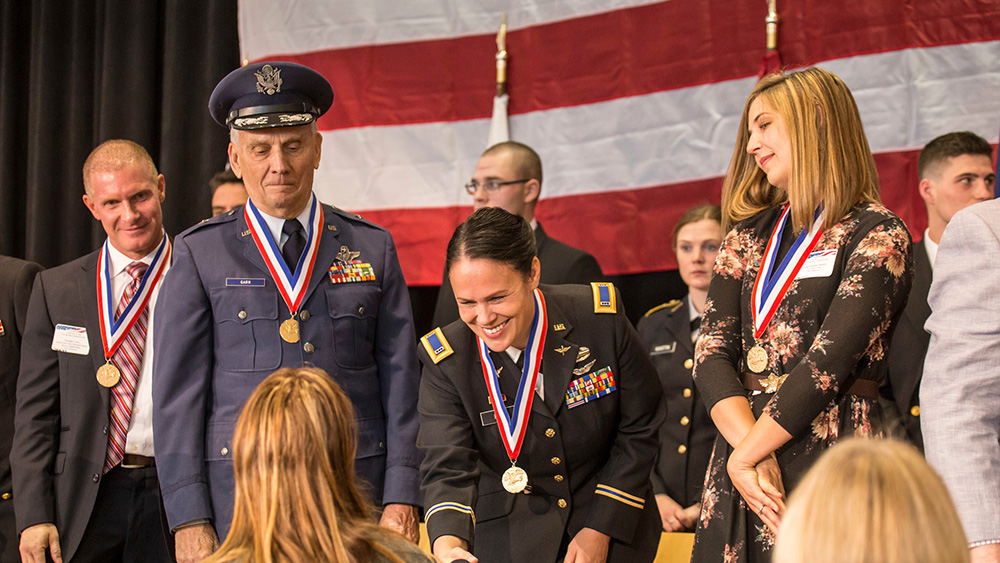PAUL V. SERSLAND
« Back to Honorees
Distinguished Flying Cross, Air Medal, and other awards
Paul Sersland spent his childhood in northeastern Iowa. He attended a one-room schoolhouse and was taught by a Catholic school teacher who employed very strict discipline—something that no doubt prepared him for his future in the Army Air Corps when he enlisted after graduating from high school.
After completing his basic training in Missouri, Sersland was sent to Kingman Army Air Base for gunnery school. He was assigned to a B-17 bomber group out of Lincoln, Nebraska.
After reaching England, Sersland was assigned to the 303rd bomb group where he noticed that the barracks were rather empty—something he attributed to the fact that most of the men must have served their time and returned home. Unfortunately, this was not true in the way Sersland had hoped. The barracks were empty because of the large number of men who were killed in action. In fact, on one day Sersland’s squadron lost seven out of 12 airplanes that went out. Sersland said the odds really caused him to reconsider things for a moment. “I wonder if I’m in the right place,” he recalled thinking.
Despite the odds and the fear of flying such dangerous missions, Sersland completed 35 bombing raids between October 17, 1944 and March 4, 1945, including a raid on Christmas Eve that still holds the record for most planes sent out on one mission.
With clear skies and unlimited visibility on Christmas Eve of 1944, the military dispatched 2,046 B-17s and B-24s and 853 B-51s and P-47s to bomb targets in Germany. To give some perspective on the enormity of the mission, Sersland, who was in one of the first planes sent out, said that as he returned from bombing, other planes were just beginning their raids.
Although he was fortunate enough to make it back home safely from this mission and others, Sersland’s service was not without its scares. On January 22, 1945, Sersland’s crew was part of a mission to bomb Starkrod, Germany. As they neared the target and came under intense enemy fire, Sersland watched a plane ahead of him go down in flames. Shortly thereafter—and just before the crew was to drop the bombs—the number one engine of his B-17 was hit.
Fearing the worst, the crew put their parachutes on, hoping that at the very least they could get across enemy lines before the plane went down. Miraculously, even with 200 holes in the aircraft, fuel leaking from two different engines, and flying very slowly out of formation, the crew made it back safely to England. During the raid, a total of 1,270 guns had been firing at them—with 350 firing at any one time. 21 of the 26 aircraft, including Sersland’s, had sustained major damage.
Shortly after completing his 35 missions, Sersland was discharged from the military and became an airplane mechanic. He also took a vow to never fly again after one extremely turbulent flight over the Grand Canyon. “I thought, I made it through 35 bombing raids and now if I have to go down this way, this isn’t fair,” he said.
Sersland said he prayed that if God would spare him one more time, he wouldn’t fly again. And with the exception of a special occasion in which he was invited to fly on the Memphis Belle, he was true to his promise.

